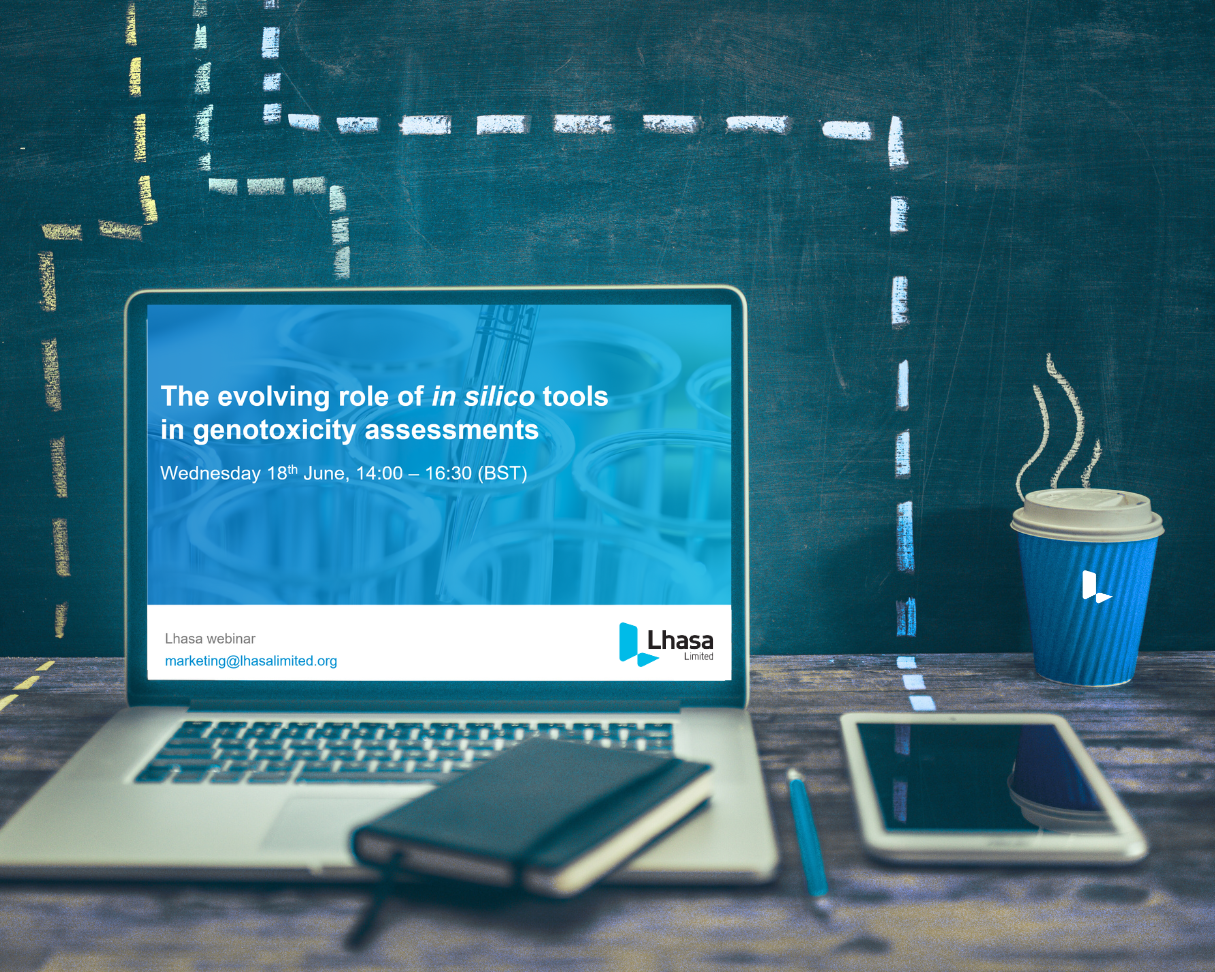In May, Lhasa hosted a webinar titled; The Application of Adverse Outcome Pathways (AOPs) for Risk Assessment. In case you missed this event, Senior Scientist, Alun Myden has provided an overview of the presentation and the work which Lhasa is doing in this area.
An Introduction to AOPs
AOPs are a formalised approach to documenting mechanisms of toxicity. AOPs begin with molecular initiating events (MIEs) and travel through key events (KEs) to an adverse outcome (AO). AOPs have gained a lot of interest in both the pharmaceutical and environmental toxicology space since the initial 2010 Ankley publication [1].
The key facet to AOPs is that each KE should be measurable. In theory, each KE within an AOP will have at least one relevant assay that can measure the occurrence of the KE. Each KE along the AOP may represent a different level of biological organisation. For example, one KE may be protein binding (molecular level, measured using a protein binding assay) whereas, another KE may be cleft palate formation (organism level, measured using a rodent teratogenicity study). As a result, a diverse range of assays can be assigned along the same pathway.
This feature makes AOPs potentially very powerful for the contextualisation of alternative assays and consequently a suitable support system for the uptake and management of alternative testing strategies.
Increasing Interest in AOPs
There is a growing number of alternative and mechanistic assays available, likely due to the current drive to reduce, refine and replace the use of standard animal testing [2]. Assays can span a range of biological organisation/complexity from molecular (e.g. binding studies), cellular (e.g. human embryonic stem cell) to organism level (e.g. zebrafish assay). As the complexity and number of these alternative assays continues to grow, a comprehensive understanding of the assay relevance will become increasingly difficult. As a result, there are many benefits to linking/contextualising these studies to AOPs now, including:
- Developing a clearer understanding of what an assay is measuring
- Highlighting any gaps in a mechanistic testing strategy
- Aiding in interpretation of results from multiple assays along a pathway
- Supporting the development of alternative testing strategies
Such utility has been demonstrated with the skin sensitisation AOP and defined approaches which incorporate assays and models measuring different KEs along the pathway [3].
Toxicity endpoints are often complex and may result from multiple mechanisms. Therefore, a comprehensive coverage of pathways is needed for each endpoint in order to fulfil the potential of AOPs.
Developing AOPs at Lhasa
Over the past few years at Lhasa, we have been curating and developing AOPs for both the carcinogenicity and developmental and reproductive toxicity endpoints. By using relevant mechanistic knowledge (documented in the alert comments within Derek Nexus) as a starting point, we have developed pathways for both endpoints using a literature-based approach. This has led to the development of a combined network containing 63 AOPs and over 250 KEs.
These pathways are being made available through our AOP platform, Kaptis, alongside evidence curated by Lhasa scientists to support each pathway. This information provides a foundation which individuals can build on, through adding their own knowledge to any element within the network of pathways. This approach improves the relevance and confidence in a mechanism of toxicity as well as serving as a suitable storage system for in-house knowledge. Kaptis also allows for the association of assays to KEs, aiding users with decision making regarding testing strategies.
Further Kaptis Development
To increase the utility of AOPs, we need to contextualise chemical data within these pathways – this is what scientists and software developers at Lhasa are currently working towards. The research is taking two distinct streams:
- Integration of assay data with relevant components with AOP networks
- Use of reasoning within AOPs to utilise data and help make regulatory significant decisions.
Linking compound data to pathways will allow for similarity searching to determine which pathways may be relevant to a compound. A review of any relevant pathways would then provide details of which assays could be run to confirm or de-risk a prediction.
References
[1] https://pubmed.ncbi.nlm.nih.gov/20821501/
[2] https://www.nc3rs.org.uk/the-3rs
[3] https://www.lhasalimited.org/publications/a-defined-approach-for-predicting-skin-sensitisation-hazard-and-potency-based-on-the-guided-integration-of-in-silico-in-chemico-and-in-vitro-data-using-exclusion-criteria/5122
Last Updated on January 25, 2024 by lhasalimited



